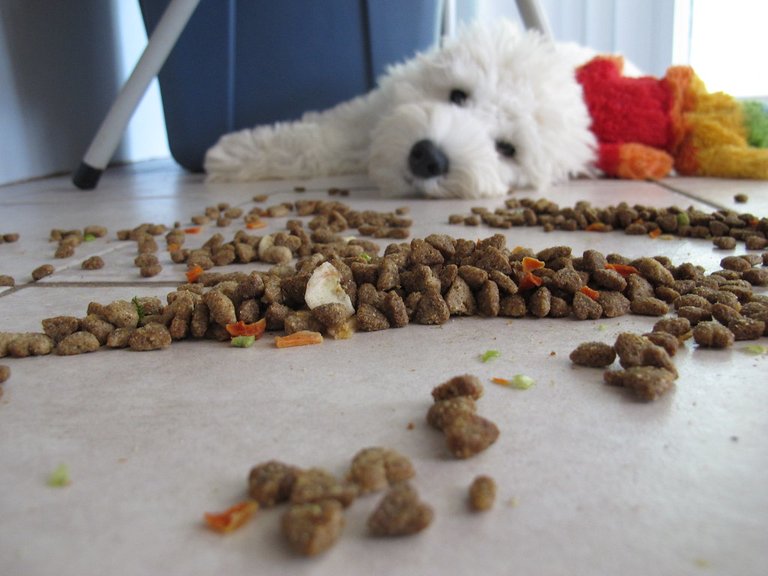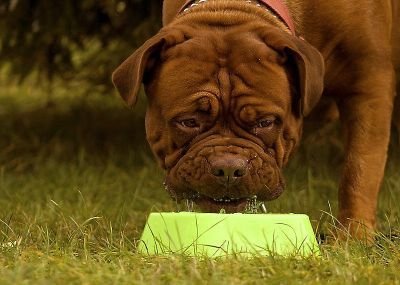Handling loss of appetite in your pet.
It can be highly worrisome when our dear pet stops eating, but aside from the fact that it is worrisome, it can also be an indication of a serious health issue. In some cases, the pet's appetite may return to normal within a few days, but in other situations, it will take even longer time. There are different loss of appetite types;
- Partial loss of appetite: In this situation, pets are partially losing appetite and may consume less than the usual amount of food. They may still consume some type of food, but not typically what they eat on a normal day.

Image source
Total loss of appetite: In this situation, the pet does not show any interest in food. The pet does not show interest in any type of meal or treat.
Gradual loss of appetite: This type of appetite loss happens slowly over time, in this case, the pet's interest in food fades over time, consuming smaller portions or skipping meals more often.
There are different reasons why a pet may refuse to eat, some of the reasons are possible;
Recent vaccination: There are lots of vaccinations made available for contagious diseases. These vaccinations although have good effects, could cause temporary appetite loss.
Dental disease: Something may be in the mouth of your pet causing pain. Oral tumors, serious gingivitis, and broken or loose teeth could be the reason why your pet is unable to eat.
Illness: One major reason behind a dog's appetite loss is usually sickness, especially if the pet is showing other symptoms at the same time. Although appetite loss doesn't always mean there is a serious sickness, and on the other hand, fast veterinary attention is needed because it could be a sign of liver problems, cancer, pain, kidney failure, and other systemic infections.
Behavioral problems: Some pets are just picky, so if you just adopted a new pet, he may just be a picky one. Feeding a pet in an uncomfortable environment, or maybe there is a certain stain in the room where you are attempting to feed him.

Image source
Change of environment: If the loss of appetite in your pet suddenly changes after a change of environment, it could be due to a change of environment. Some pets could get motion sickness, and some of them may feel nervous and uncomfortable in a new environment.
To understand the loss of appetite in your pet, you have to study and pay attention to your dog's behavior. Notice the sign of water consumption, whether it is a drastic increase or a drastic reduction. Experiencing frequent vomiting could be associated with several health issues.
If in addition to lack of appetite, your pet is losing weight and looks highly tired, it could be a sign of a serious medical condition. Before you begin to panic about your pet's loss of appetite, you can also carry out some actions that will help stimulate their appetite;
Create a calm and peaceful environment where your pet will find comfort with food.
You can warm the food slightly to a higher temperature.
A regular feeding schedule will help to regulate your dog's appetite and limit the anxiety felt.
Adding some attractive toppings will make the food more desirable and help improve the flavor, which may make the food even more attractive to your pet.
Helping your pet exercise before meals could stimulate their desire for meals.
At a point where your pet is energetic, drinking water, eating junk, and playing, it may be that your pet has outsmarted you, and they know that if they refuse to eat their food, you will give them some treats.
Thanks for your contribution to the STEMsocial community. Feel free to join us on discord to get to know the rest of us!
Please consider delegating to the @stemsocial account (85% of the curation rewards are returned).
Thanks for including @stemsocial as a beneficiary, which gives you stronger support.